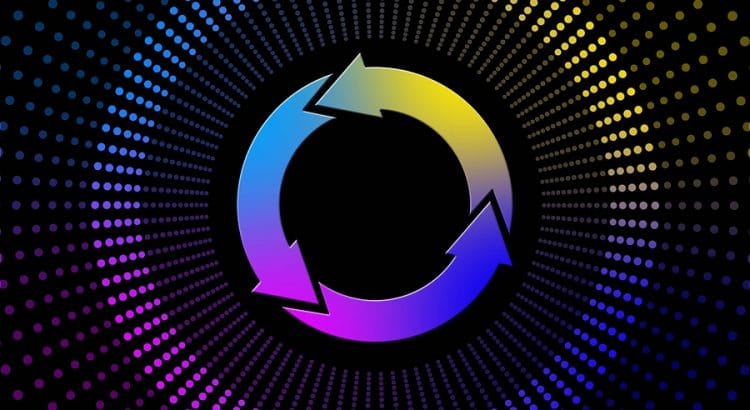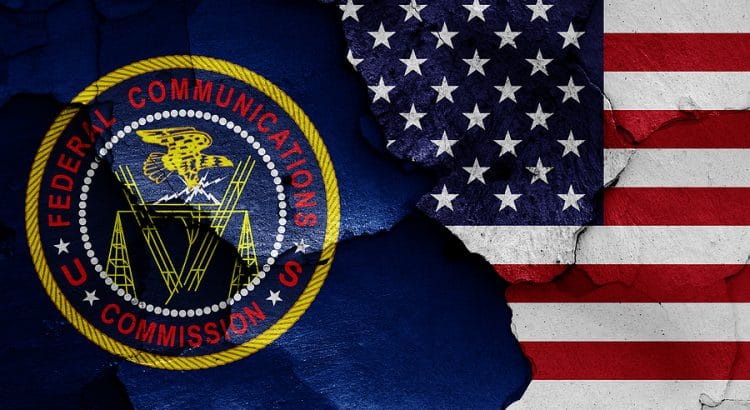On February 24, T-Mobile will update its Magenta and Magenta Plus plans. While the Magenta plan will keep its current name, T-Mobile will rename the Magenta Plus plan “Magenta MAX”.
High-priority data
Currently, customers on the Magenta and Magenta Plus plan get 50GB per month of high-priority data. Soon, the allotment will double to 100GB for Magenta subscribers. Magenta MAX subscribers will have limits dropped entirely and will receive unlimited high-priority data. For a while now, Verizon and AT&T have been referring to high-priority data as “Premium Data”. It looks like T-Mobile is about to follow suit with the same terminology.
Hotspot allowances
The hotspot/tethering allotment on the Magenta plan is moving up from 3GB per month to 5GB per month. On the Magenta Plus/MAX plan, the allotment is doubling from 20GB to 40GB.
Netflix for single-line plans
Until now, T-Mobile has only offered free access to Netflix for subscribers with family plans. Once the plan updates go live, T-Mobile will start offering Netflix to single-line subscribers as well.










